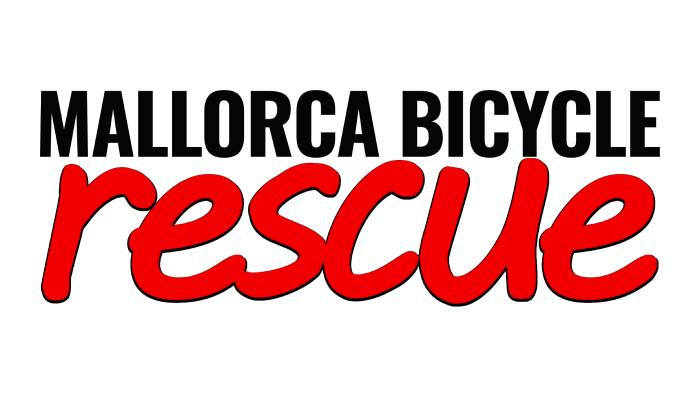The history of cycling in Mallorca is fascinating and has led the island to become a top destination for cycling enthusiasts. It all began long before the arrival of tourism to the island. It is said that the first bicycle arrived on the island in 1869 and in the 1880s the first local races began to be held, generally competing bicycles against horses until in 1888 the Sociedad Velocipedista de Palma was created, which today is known as the Balearic Cycling Federation. In 1892, in Felanitx, the first organised bicycle race was held and in 1893 the first Balearic Cycling Championship took place, in which the first legends of this sport and the first clubs began to emerge.
In 1903, the Velodrome del Tirador was opened, which would become the most important velodrome in all of Spain and would host the first Spanish Championship in the country, positioning track cycling as the most popular sport of its time until the 1960s. During the 1940s and 1950s, big names appeared, not only locally, but worldwide, such as Guillem Timoner, who was seven-time world champion.From the 1970s, track cycling began to stop. Mass tourism began to take over the island and Mallorca started its transformation.
Urban environments began to develop and people preferred to dedicate themselves to other jobs that provided more immediate benefits and were more profitable. So little by little, the velodromes began to disappear and track cycling, which had brought so much joy to the island, became a memory.
In the 1980s, cycle tourism came to Mallorca thanks to world champion Max Hürzeler, who opened the first cycling resort in Llucmajor. Forty years have passed since the 1980s and the island's infrastructure has improved to the point that today it is a paradise for more than 150,000 cyclists who come to the island to practice this sport every year.
The creation of the Mallorca 312 in 2010, a cycle event covering up to 312 kilometres, not only attracted thousands of cyclists from all over the world, but also put the island on the radar of international cycling and since then, it has been held every year with 8,000 participants riding on closed roads.
In addition, many professional cycling teams began to use Mallorca as their winter training base. The combination of a mild weather and challenging routes with spectacular landscapes provide optimal conditions that cover all their training needs. Not only does this bring the biggest names in cycling to the island, but it also inspires many fans to follow in their footsteps and train on the same roads.
Cycling in Mallorca has become an important pillar of its economy. Hotels and accommodation have adapted their services to cater to cyclists, offering everything from bike rentals to workshops and guided tours. Events such as the Trofeo Playa de Palma and the Mallorca Challenge have also gained popularity, attracting professionals and amateurs.
In short, although in a different way, Mallorca still breathes cycling everywhere and has become one of the most important cycling destinations in the world.


